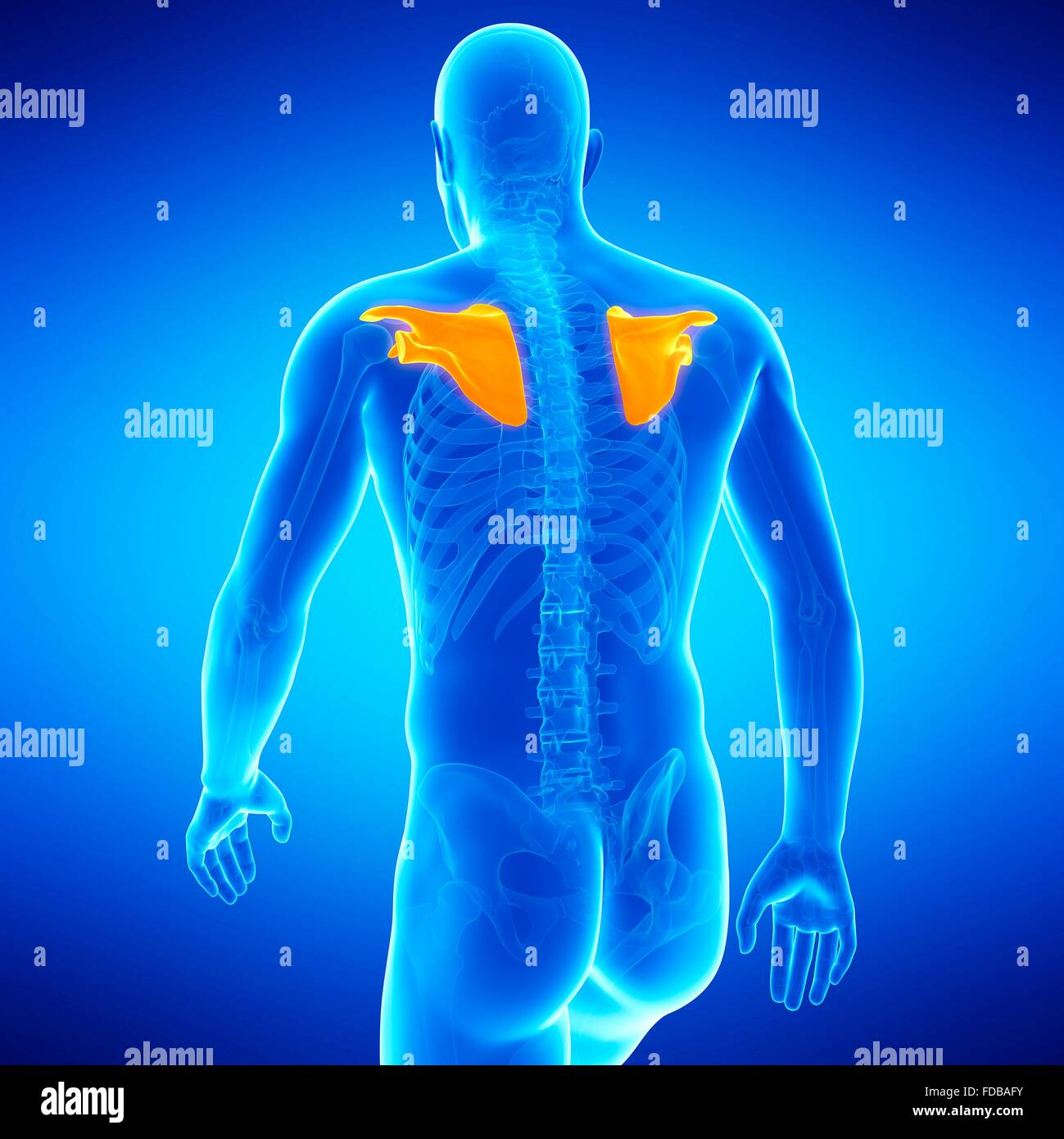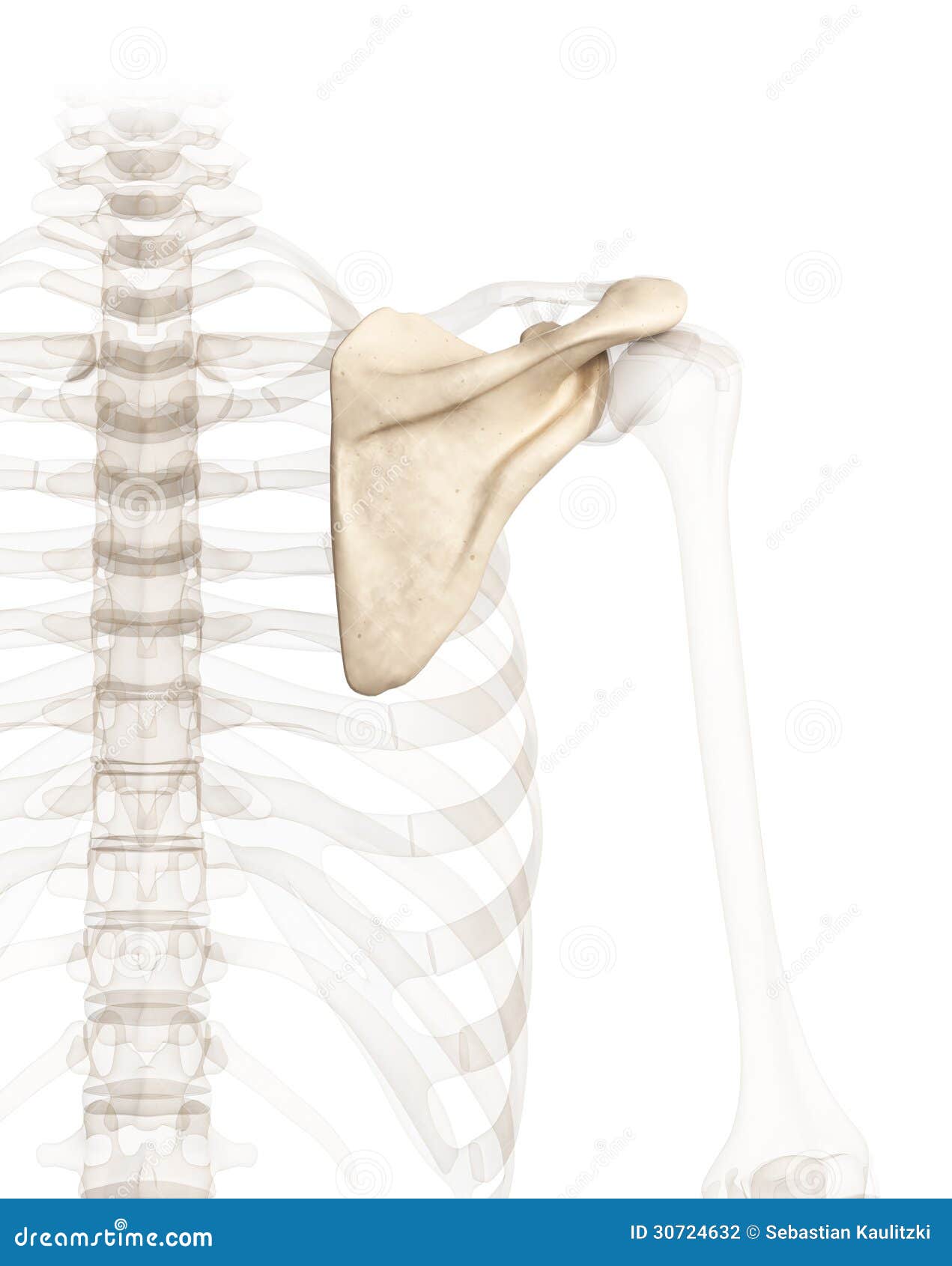Scapula shoulder blade anatomy location parts function Anatomy Biology Diagrams What does the scapula do? The scapula has several important functions: Connecting your humerus to your clavicle: It joins your arm to your trunk (the center of your body). Forming part of your shoulder joint: It makes up the back part of the socket that your humerus fits into to make your shoulder (the posterior shoulder girdle). Moving your shoulder: The scapula is connected to 17 muscles, 12

Shoulder Anatomy Bones Scapula (Shoulder Blade) The scapula, or shoulder blade, is a flat triangle bone at the back of your body. It sits over ribs two to seven. It forms the shoulder girdle with the clavicle and the sternum's manubrium, linking your arm to your body's core. The scapula is crucial because many arm and shoulder muscles Learn about the scapula, a flat bone that forms part of the shoulder girdle and articulates with the humerus and clavicle. See its parts, borders, angles, surfaces, and labeled diagram. Learn about the scapula, also known as the shoulder blade, a flat triangular bone that forms part of the pectoral girdle. Find out its bony landmarks, surfaces, processes, muscles, blood supply and clinical relations.

Scapula (Shoulder Blade): What It Is, Anatomy & Function Biology Diagrams
Picture 3. Scapula anatomy diagram: parts of the right shoulder blade: anterior, posterior and lateral aspect The upper side part of the shoulder blade is called the glenoid cavity, which makes a joint with the upper arm bone-the glenohumeral joint. The acromion makes a joint with a clavicle-the acromioclavicular joint (Picture 4). Shoulder Girdle

The most flexible joint in the entire human body, our shoulder joint is formed by the union of the humerus, the scapula (or shoulder blade), and the clavicle (or collarbone). Commonly thought of as a single joint, the shoulder is actually made up of two separate joints - the glenohumeral and acromioclavicular joints.

Anatomy Of The Shoulder: Structure & Function Biology Diagrams
Scapula (shoulder blade): The large flat bone at the upper back, it serves as the attachment point for multiple muscles like the trapezius, pectoralis major, and deltoid. It is the connection between the other two bones in the shoulder region. The scapula also helps the humorous to stay in place. Clavicle (collarbone): This thin long bone is the connection between the arm and chest.

Shoulder Anatomy & Function. When we think about the anatomy of the shoulder, there are a few different parts: Shoulder Bone Anatomy: upper arm, shoulder blade and collar bones Shoulder Joint Anatomy: there are actually four different joints at the shoulder working together Shoulder Muscle Anatomy: a vast network of muscles surround and move the arm e.g. rotator cuff
